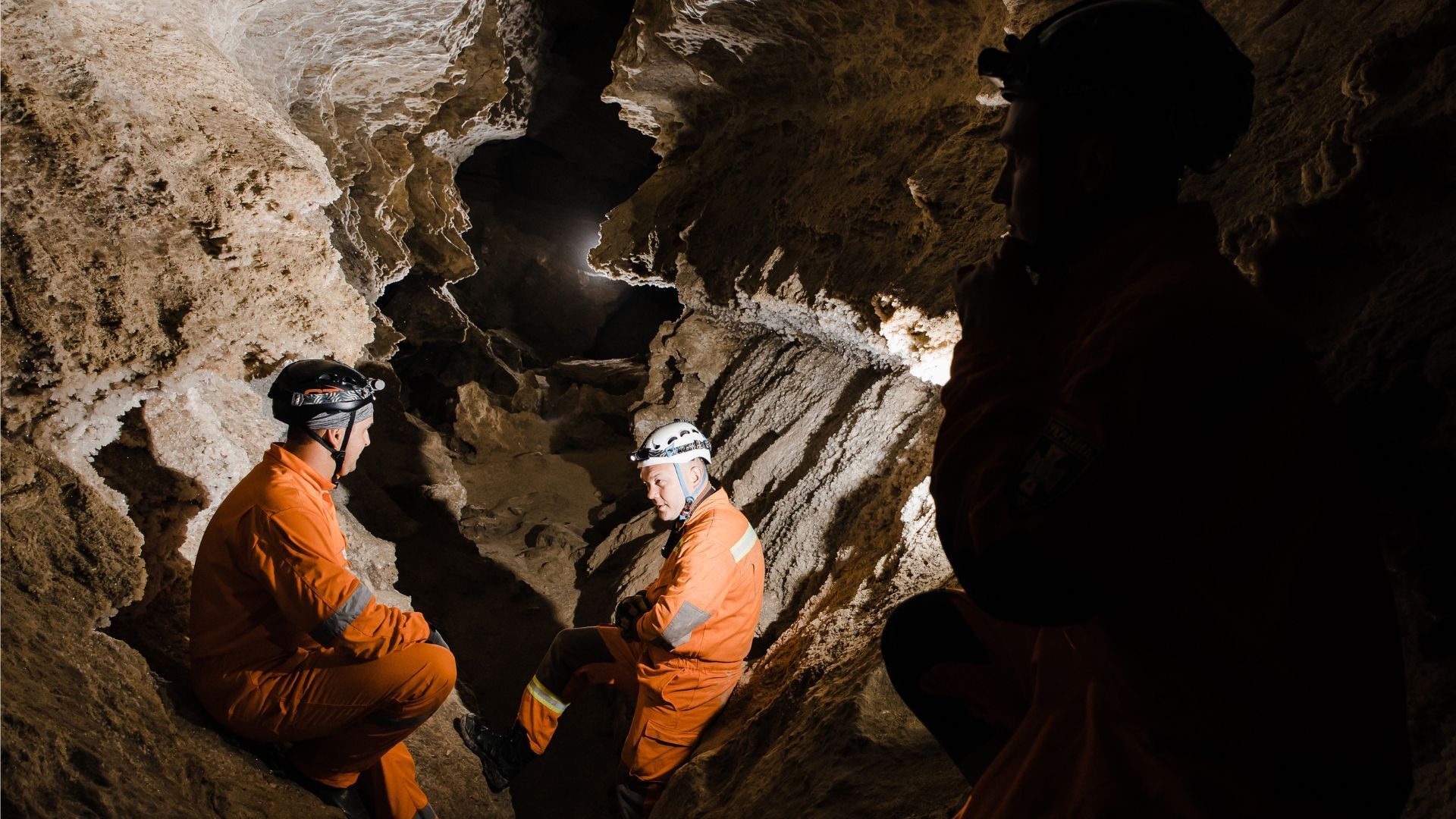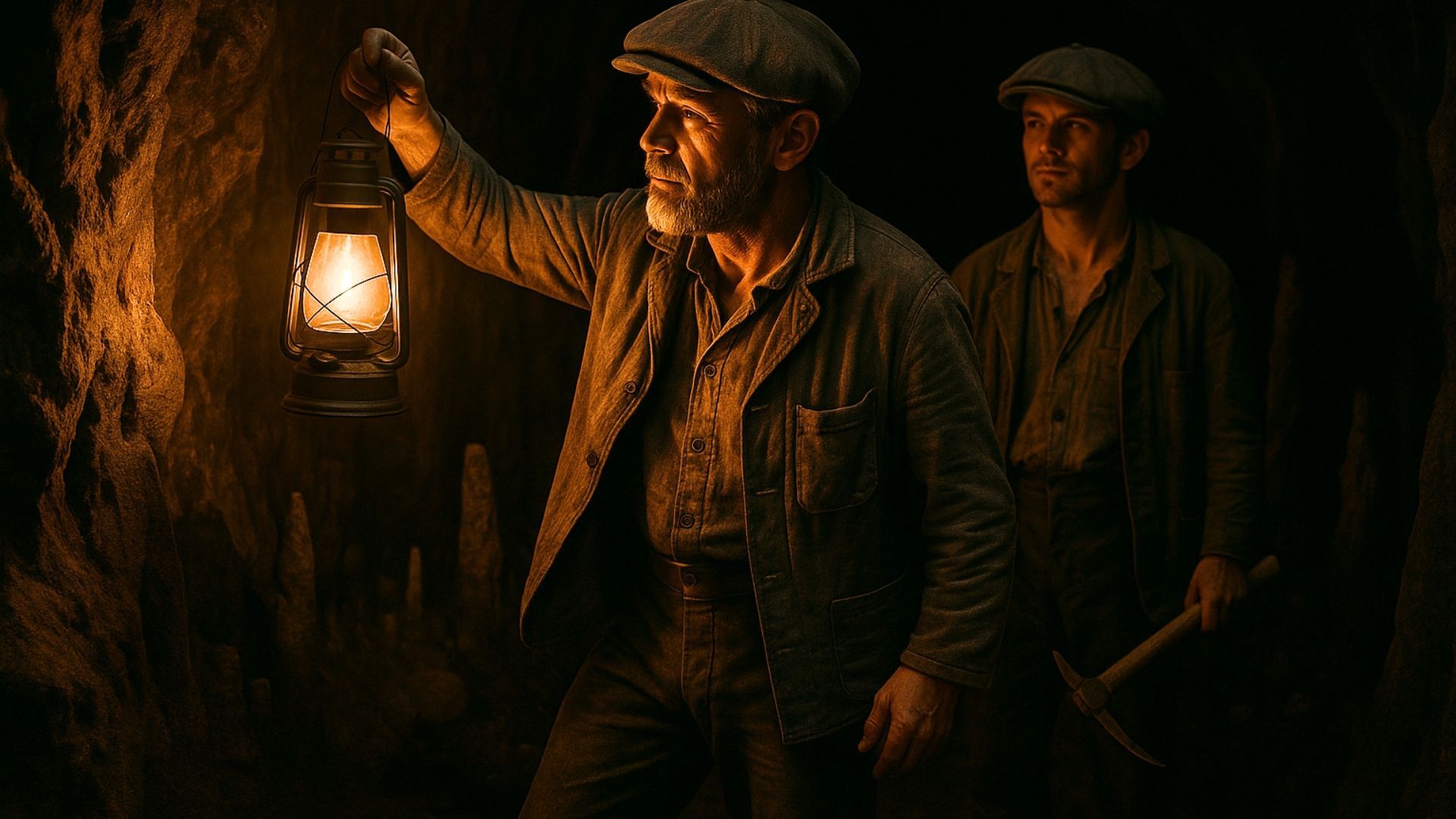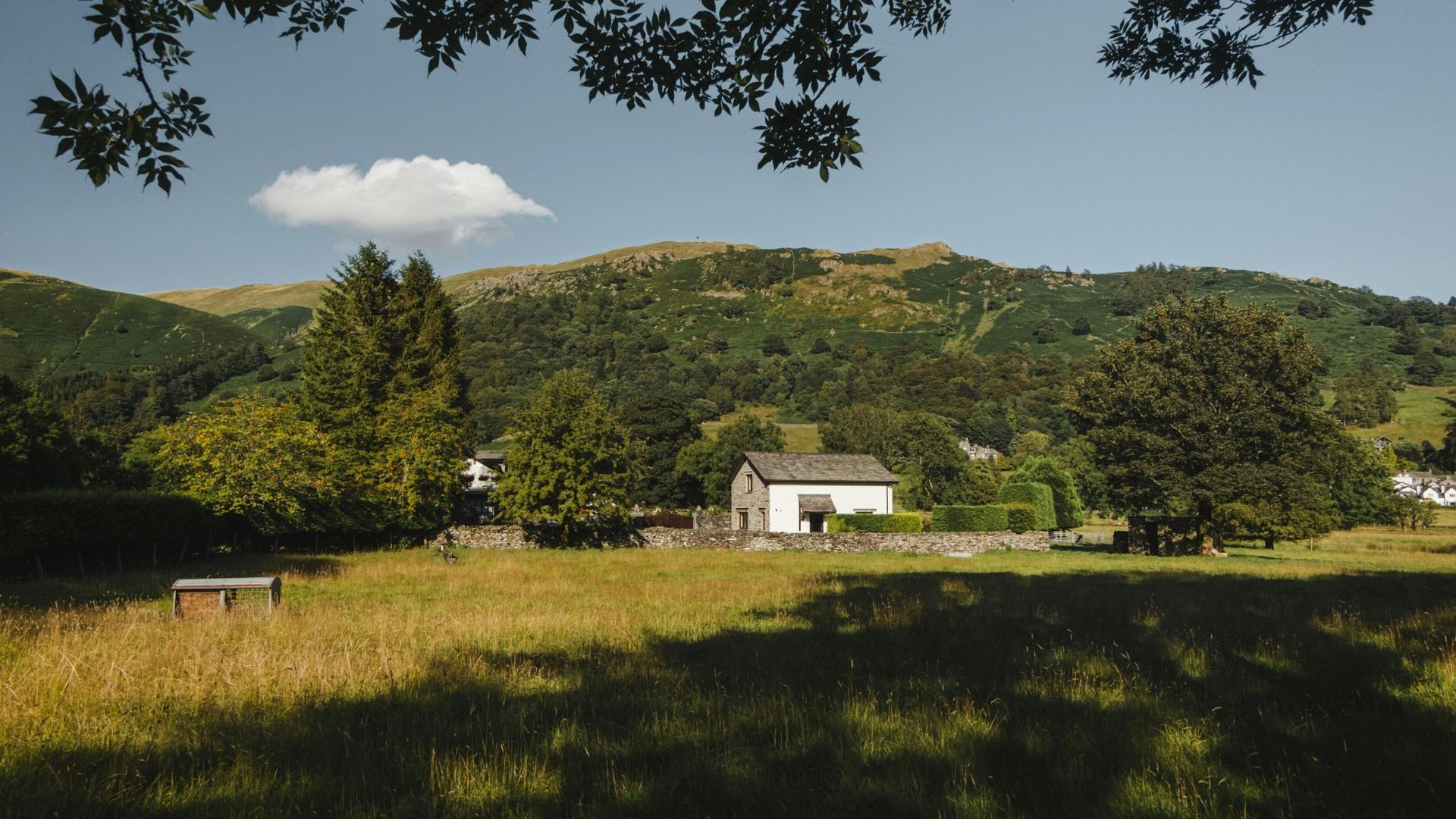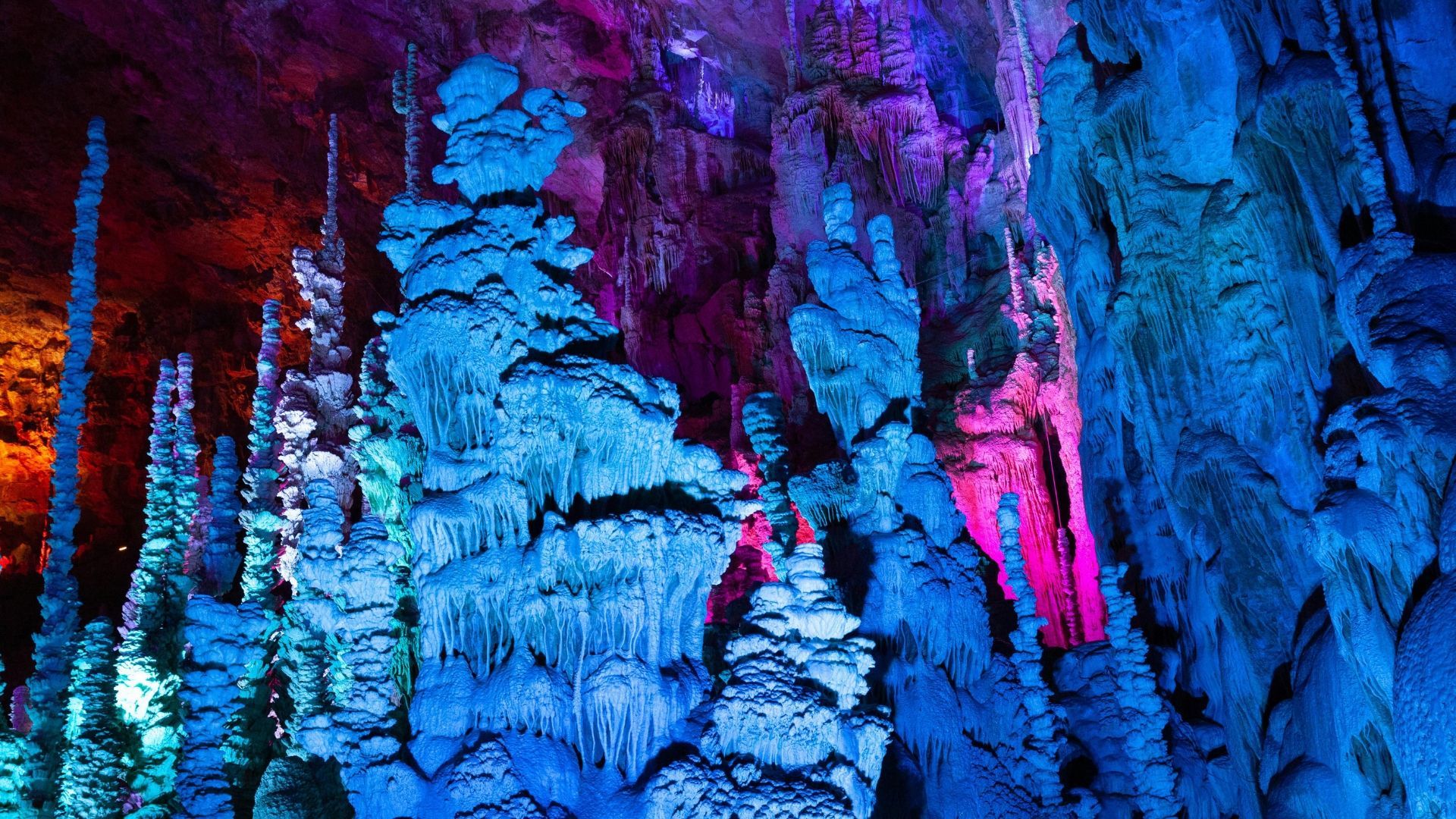Once upon a time, megafauna roamed what is now the British Isles. One Stone Age beast was the woolly mammoth. Discover more in our blog post.
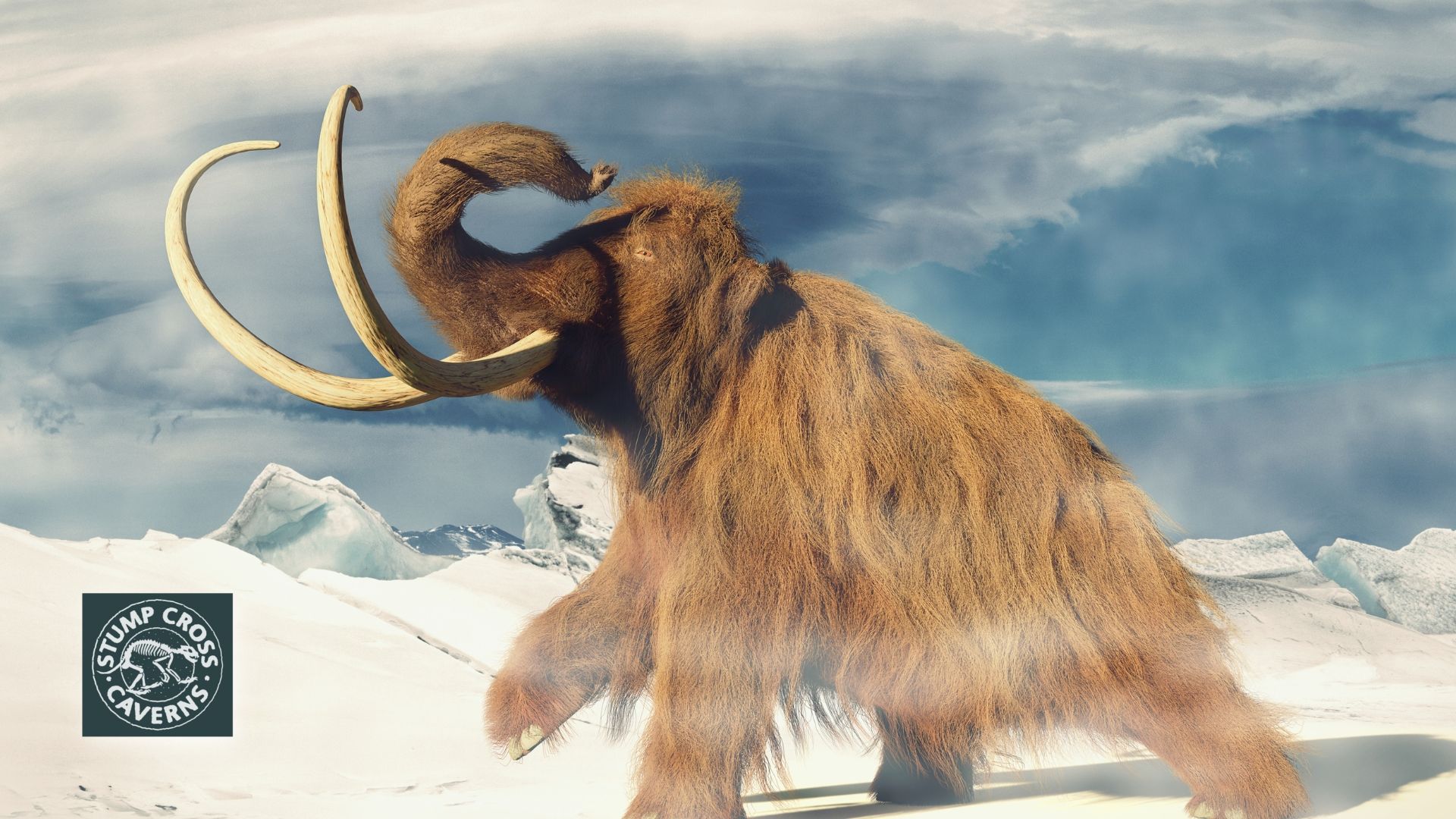
Close your eyes and imagine you're in Stone Age Britain. What do you see?
Perhaps you're picturing men and women in rudimentary clothes made from animal skins, gathered around a campfire. One is pounding corn with a makeshift tool. Another is grunting.
Would it surprise you to learn that you could add a woolly mammoth to this scene? Those gentle elephantine beasts with their long tusks and shaggy hair?
It's true – woolly mammoths and humans did coexist. But the story of the woolly mammoth starts much earlier – and in a much colder climate.
How woolly mammoths evolved
Around 2.5 million years ago, both of the Earth's poles began to freeze over. This was the beginning of the Ice Age.
Ice sheets spread downwards from the Arctic Circle, covering much of the Northern Hemisphere. At its height, there were icebergs off the Irish coast, glaciers where New York is today and permafrost in London.
This was bad news for many types of plants and animals which were unable to survive these extreme conditions. But it is perceived some animals evolved, adapting to the new climate.
Europe, North America and Siberia became home to spectacular beasts – including the woolly mammoth, which lived in every continent except for Australia and South America.
They descended from elephants – and indeed are the forefathers of the elephants we see today. They began as tropical animals but adapted in surprising ways to the new climate.
All these adaptations allowed it to keep warm – from its big furry coat to its double layer of fur… from its small, heat-retaining legs and ears to its deep layer of subcutaneous fat.
What were the woolly mammoth's characteristics?
Your average woolly mammoth was around the size of an African elephant – about 13 feet tall.
The feature which distinguishes them most from African elephants is their ears. Woolly mammoths evolved small ears to combat heat loss. After all, their number one biological priority was to stay warm enough to survive.
They were covered in two layers of fur. The shaggy outer layer could grow up to 20 inches long. This was one of the main evolutionary adaptations that enabled them to cope with temperatures as low as -50°C.
The tip of a woolly mammoth's trunk had two large fingers. They used their tusks – some as long as a canoe – to clear away snow, then used their trunks to locate and pick up shrubs, grasses and the other small plants that formed their primary diet.
Grass is hard to digest, so woolly mammoths developed huge stomachs.
They also had a lump on their back. Scientists believe that this had a similar function to a camel's hump: a place to store resources for a rainy day. (Fat, in the woolly mammoth's case.)
Like elephants, it's believed that woolly mammoths birthed one calf at a time. The females would roam in herds with their young. Male mammoths left home early, at around the age of ten.
They were hardy animals who travelled long distances. Some racked up a distance equivalent to going around the world twice.
Why did they go extinct?
Their heyday was 20,000 years ago – but within 10,000 years, the woolly mammoth population had been reduced to small, isolated communities on Wrangel Island and St Paul Island, off the coasts of Siberia and Alaska respectively.
By around 2000 BC they were gone. That means some of them were living at the same time that the Pyramids were being built in Giza.
The cause of their extinction has been a subject of debate for over a century. Arguments raged about whether woolly mammoths were hunted to extinction or whether they were the victims of climate change.
Different scientists took different camps, with some believing it was a combination of the two.
It's undeniable that humans hunted woolly mammoths. They were a staple food and their bones were used to build everything from shelters to harpoons. The world's oldest musical instrument is a flute that was carved from a woolly mammoth bone. They even turn up as paintings on cave walls.
These days, scientists mostly believe that woolly mammoths died out because of a change in climate that made them unable to survive.
Studies of DNA tell us that when the icebergs melted, the woolly mammoth's primary food sources were obliterated.
Professor Eske Wiollerslev from Cambridge University's Department of Zoology puts it like this:
"We have finally been able to prove that it was not just the climate changing that was the problem, but the speed of it that was the final nail in the coffin – they were not able to adapt quickly enough when the landscape dramatically transformed and their food became scarce.
"As the climate warmed up, trees and wetland plants took over and replaced the mammoth’s grassland habitats."
He also makes the point that woolly mammoths weren't an easy target for humans – after all, "they could grow to the height of a double-decker bus!" It seems unlikely, then, that they were hunted on a large enough scale to cause their extinction.
Woolly mammoths in culture
Over the last hundred years or so, there have been claims that woolly mammoths were still alive. In the late 19th century, it was suggested that they still roamed Alaska – and "large shaggy beasts" were spotted in Siberia.
Today, woolly mammoths live on in popular culture – from the tooth on display in the Museum of London to Manny, one of the heroes of the
Ice Age
movies.
Here at Stump Cross Caverns, we're mad about the Stone Age. When you come to visit our show caves, see if you can spot the mammoth bone or mammoth tusk in the gift shop. We'll give you a clue: they're pretty big!
Are you looking for a
family day out in Yorkshire? Visit us at Stump Cross Caverns for a look around the caves. It's easy to
book your tickets online.


Stump Cross Caverns
Greenhow Hill
Pateley Bridge
Yorkshire
HG3 5JL
All Rights Reserved | Stump Cross Limited
Crafted with creativity and marketing savvy by My Digital Hero

Stump Cross Caverns
Greenhow Hill
Pateley Bridge
Yorkshire
HG3 5JL
01756 752780
enquiries@stumpcrosscaverns.co.uk
01756 752780
enquiries@stumpcrosscaverns.co.uk
All Rights Reserved | Stump Cross Limited
Stump Cross Caverns
Greenhow Hill
Pateley Bridge
Yorkshire
HG3 5JL
